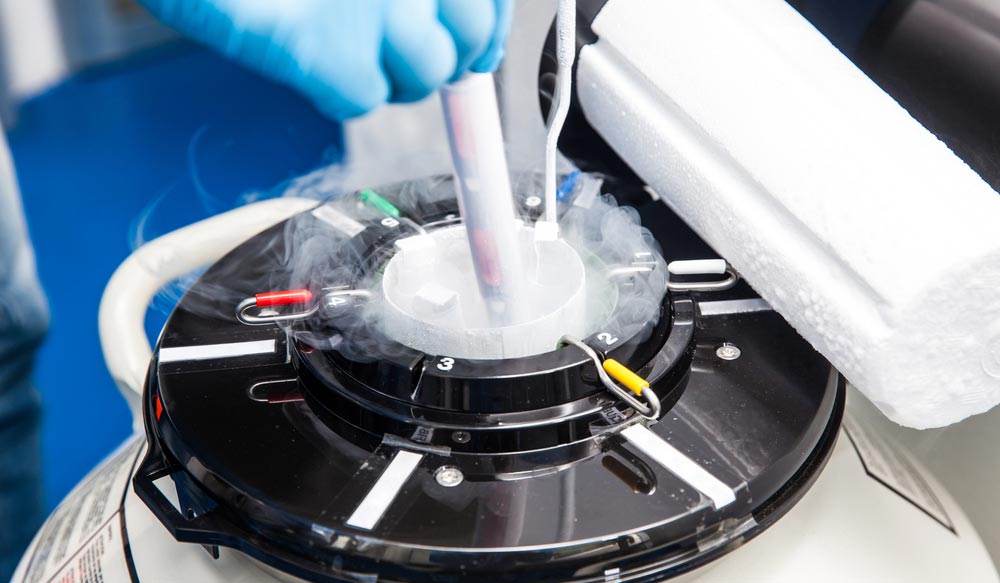
Freeze All Strategy
This strategy is used in IVF cycles wherein the entire cohort of embryos are cryopreserved / frozen and no embryo transfer is done in the fresh IVF cycle/attempt as a rule. This is based on the principal, that the pregnancy rates in the frozen thaw cycle/attempt are nearly 10 – 20 % higher than in fresh cycles/attempts. This is because the endometrial receptivity is better in frozen thaw cycles as the endometrium is exposed to a normal physiological dose of hormones compared to stimulated fresh cycles where the hormonal levels, especially estrogens, are very high. Additionally, in a frozen thaw cycle, if the endometrial receptivity is not ideal, one can cancel the cycle and not transfer the embryos, thus preventing wastage of embryos as well as failure to achieve pregnancy. Also, this is a very effective way to eliminate ovarian hyperstimulation syndrome (OHSS) in patients where the ovaries have hyper responded to the conventional IVF stimulation. Elective freezing of all the embryos followed by frozen-thawed embryo transfer cycles prevent the risk of OHSS in a big way.